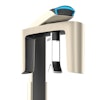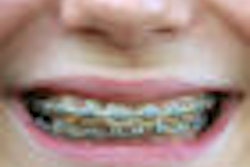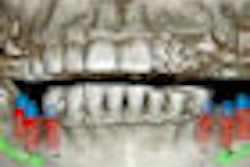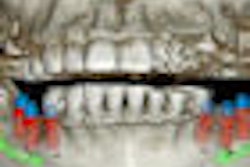Cone-beam CT (CBCT) measurements of airway volume can provide clinically useful information in orthodontics, according to a study in the European Journal of Orthodontics (August 10, 2011).
Researchers from the Indiana University School of Dentistry compared the accuracy and reliability of CBCT airway volume measurements with manual measurements in an airway model.
The acrylic airway model was constructed and attached to a human dry skull in the natural position of the airway passage. The total and internal airway volumes, as well as the most constricted airway area, were measured manually on the model and the CBCT images taken after the model was attached to the skull.
The cone-beam CT images were analyzed using the Dolphin3D (Dolphin Imaging & Management Solutions) software. The researchers found no significant statistical difference between the total, the internal airway volume, and the most constricted airway area measured on the CBCT images compared with the manual measurements.
These results suggested that the 3D CBCT digital measurements of the airway volume and the most constricted area of the airway are reliable and accurate, and can provide clinically useful information in orthodontics, the study authors concluded.



















